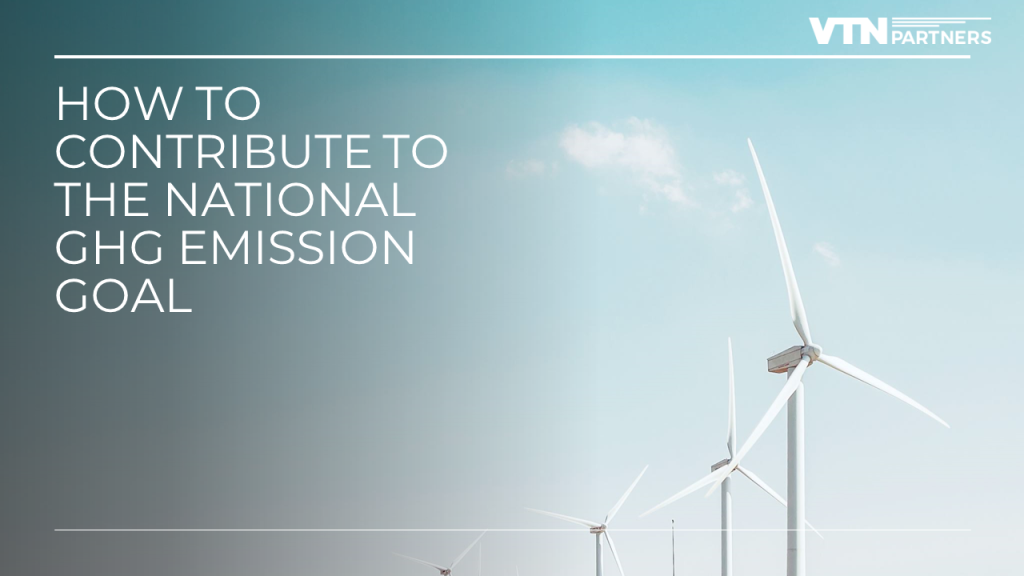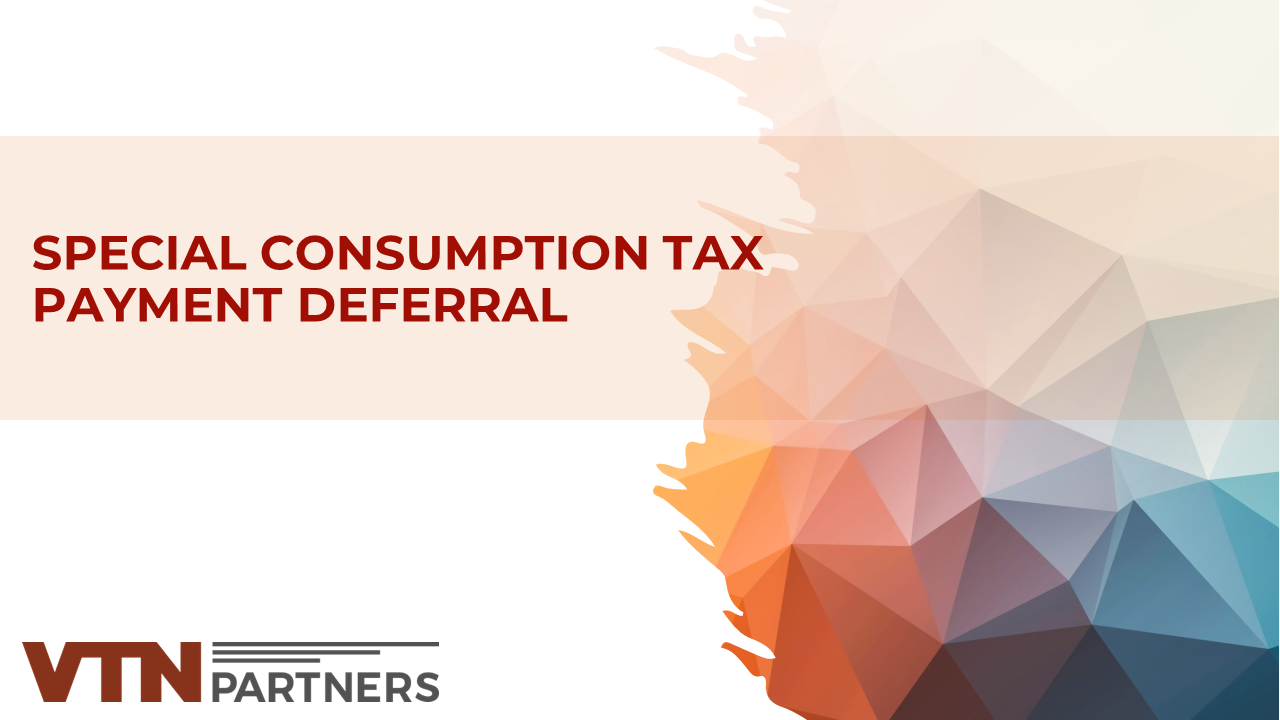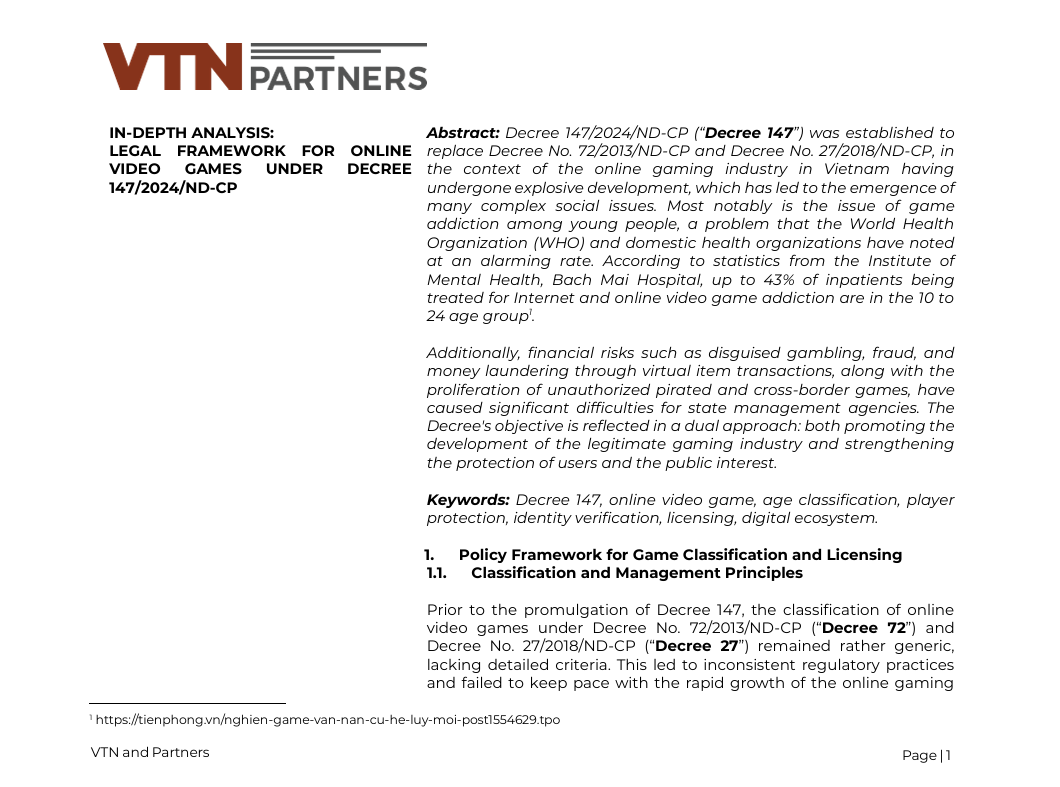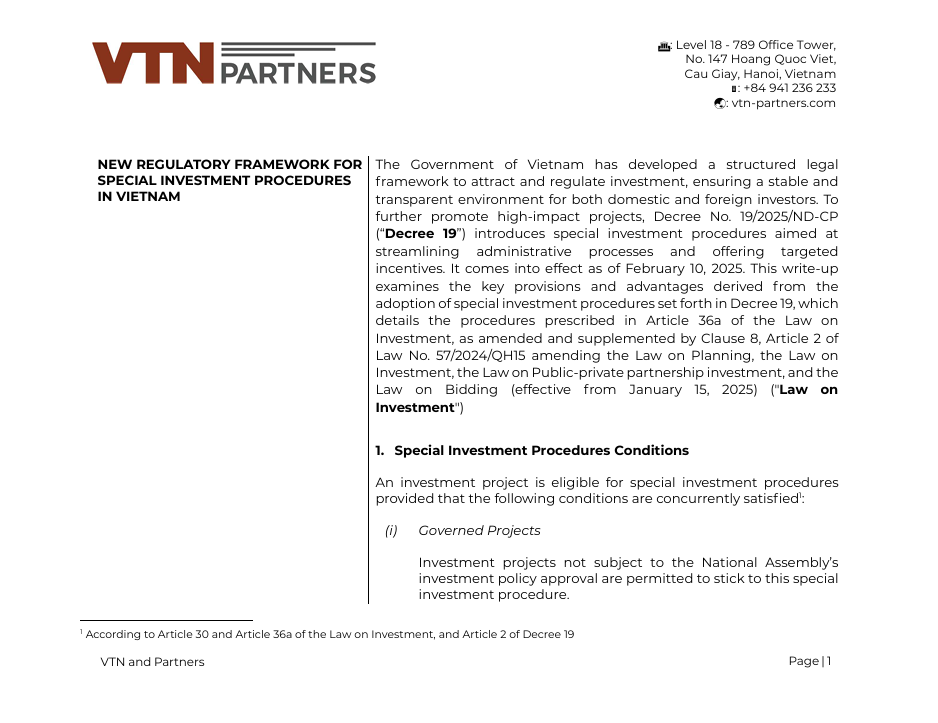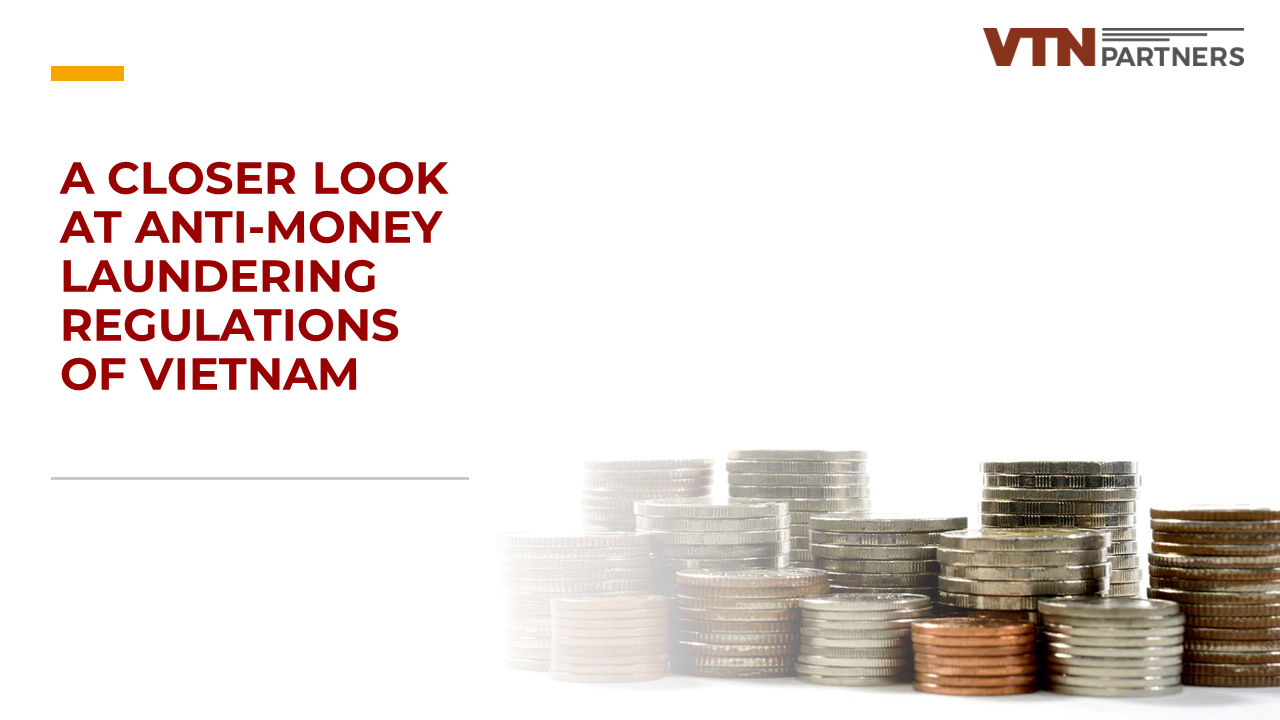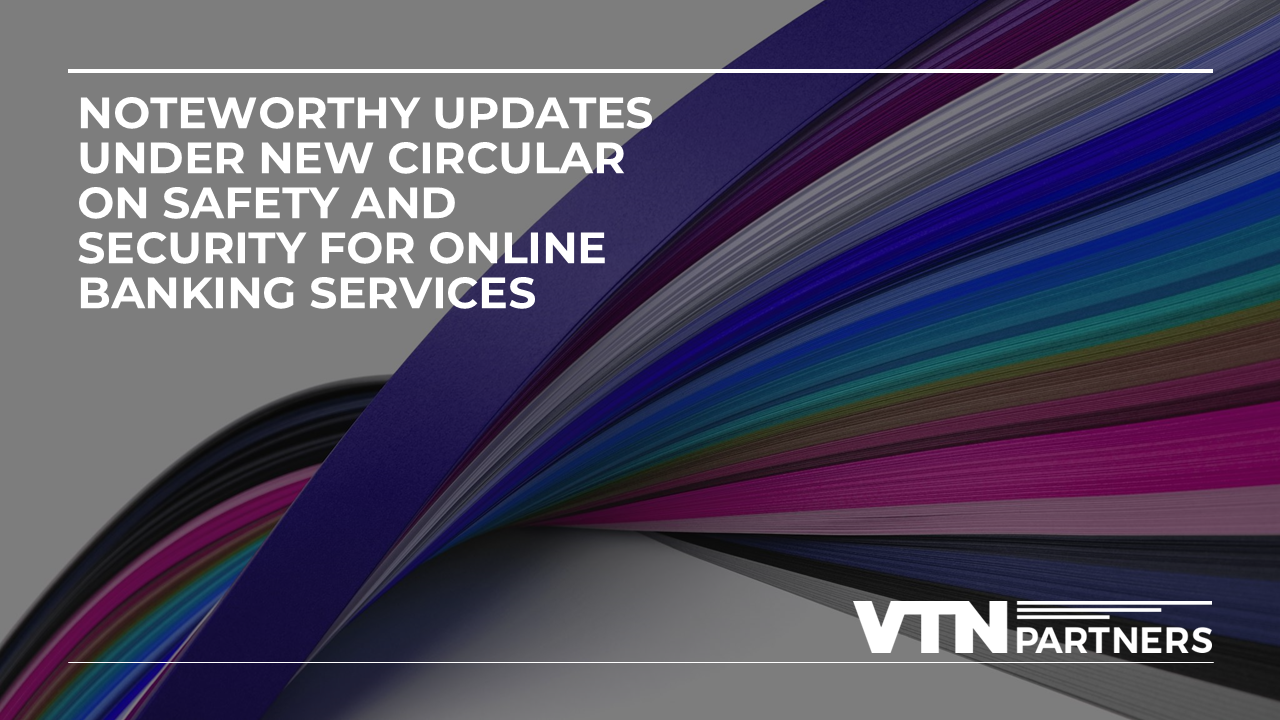This post is authored by Nguyen Thanh Nghiep
As a developing country, the process of industrialization of Vietnam has just begun over the past three decades and has been heavily affected by climate change. Though there are still many difficulties in terms of resources, Vietnam always shows responsibility and actively implements international commitments in response to climate change.
In 2015, Vietnam submitted the intended nationally determined contributions (INDC), signed and approved the Paris Agreement, and then, in 2016 issued the National Plan for the Implementation of the Paris Agreement. In accordance with Article 6 of Paris Agreement 2015, the use of internationally transferred mitigation outcomes (ITMOs) to achieve nationally determined contributions (NDCs) is voluntary.
Vietnam did integrate such a mechanism into the local laws and in November 2020, the Law on Environmental Protection was ratified by the National Assembly, including the Climate Change Response Chapter which stipulates responsibility for reducing greenhouse gas (GHG) emissions, adapting to climate change, implementing international commitments on climate change.
Pursuant to the laws, the national goal of GHG emissions mitigation shall be approved by the Prime Minister under NDC, including goals of GHG emissions mitigation for sectors of energy, agriculture, land and forestry use, waste management, and industrial process that are suitable for economic-social development conditions of the country and international treaties to which Vietnam is a signatory.
The goal of GHG emission mitigation of Vietnam by 2030 corresponding to each sector is detailed below as set out in Table 3. National contribution to GHG emission reduction by sectors by 2030 (Vietnam NDC updated in 2022):
 The government encourages the private sector to return unused GHG quotas to contribute to the national goal of NDC. In order to calculate the allocated and unused quotas, emitting establishments listed in Decision No. 01/2022/QD-TTg must comply with the grassroots GHG emission mitigation plan and schedule below:
The government encourages the private sector to return unused GHG quotas to contribute to the national goal of NDC. In order to calculate the allocated and unused quotas, emitting establishments listed in Decision No. 01/2022/QD-TTg must comply with the grassroots GHG emission mitigation plan and schedule below:
- Providing information and data on their business activities to serve the grassroots GHG inventory, and developing and implement mitigation measures suitable to the specific conditions of the establishment;
- In the period from 2026 to the end of 2030, conducting an inventory of GHG, developing and implementing the GHG emissions mitigation plan according to the quota allocated by MONRE and the goal of GHG emission mitigation.
In parallel, the Government encourages new investment projects to apply technologies and processes for production and service provision with low GHG emissions or to participate in mechanisms and methods of cooperation on mitigation of GHG emissions.
Intensification of GHG absorption
Organizations, households, individuals, and residential communities having (i) forest allocated or leased, (ii) land allocated or leased for afforestation, self-recovery, and development, and (iii) land use right purchased, gifted, or inherited must employ measures for sustainable forest development, protection, and coverage, biomass, forest quality increase to intensify the GHG absorption.
Carbon markets participation
Emitting establishments and the GHG absorption subjects above are allowed to exchange, buy, and sell the quotas and carbon credits on the carbon credit exchange of Vietnam and the international market as regulated by the law and the international treaties to which the Socialist Republic of Vietnam is a signatory.
